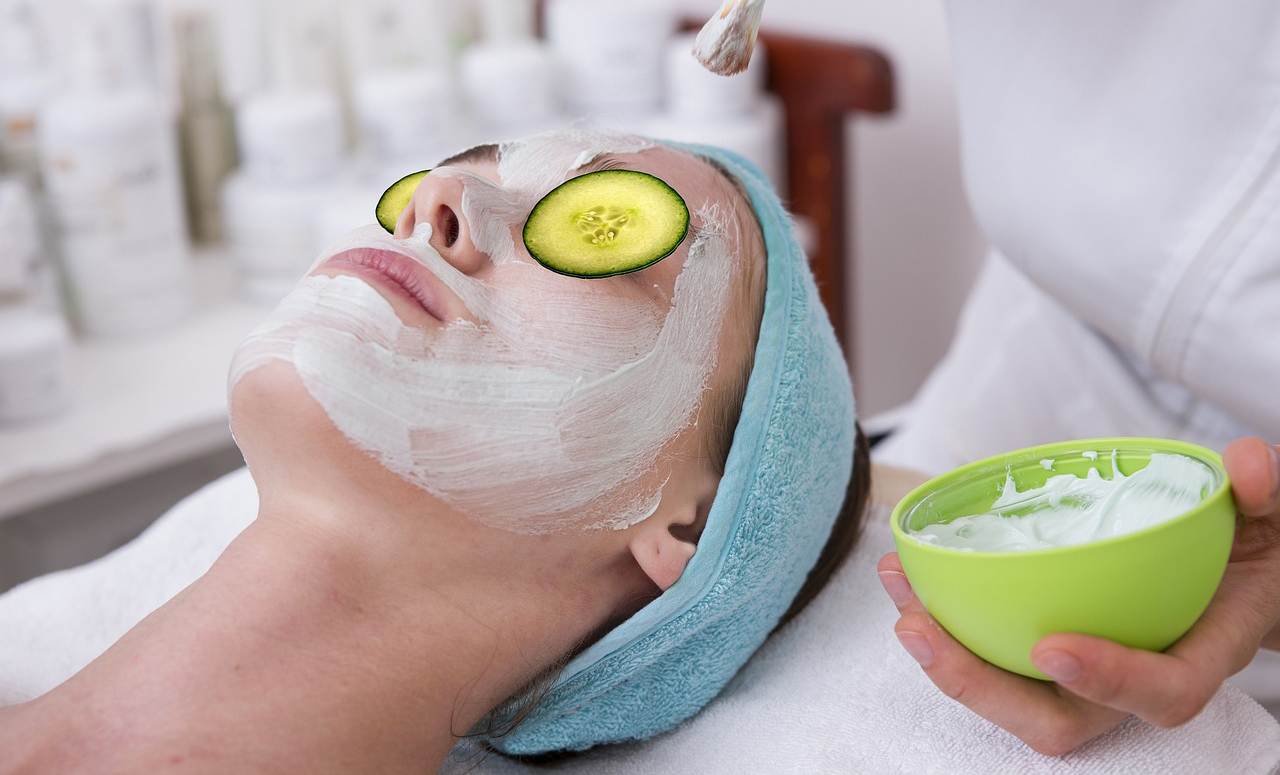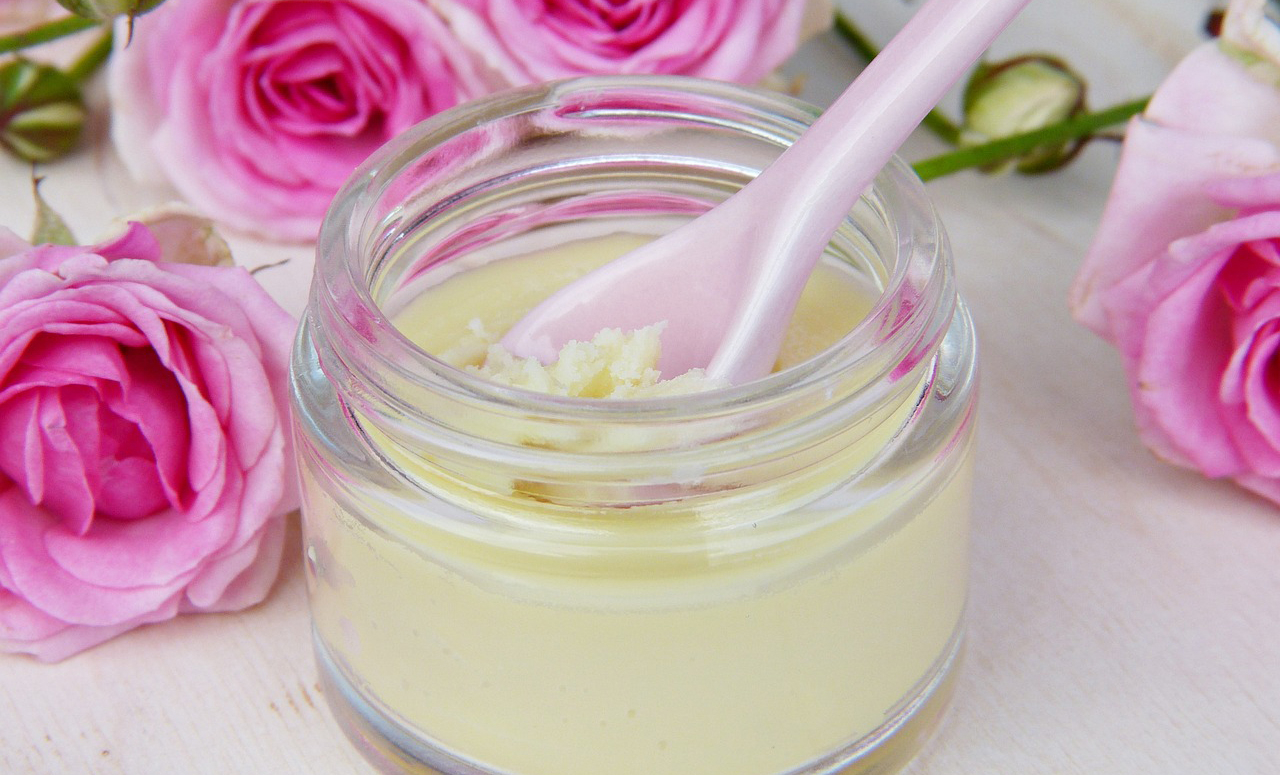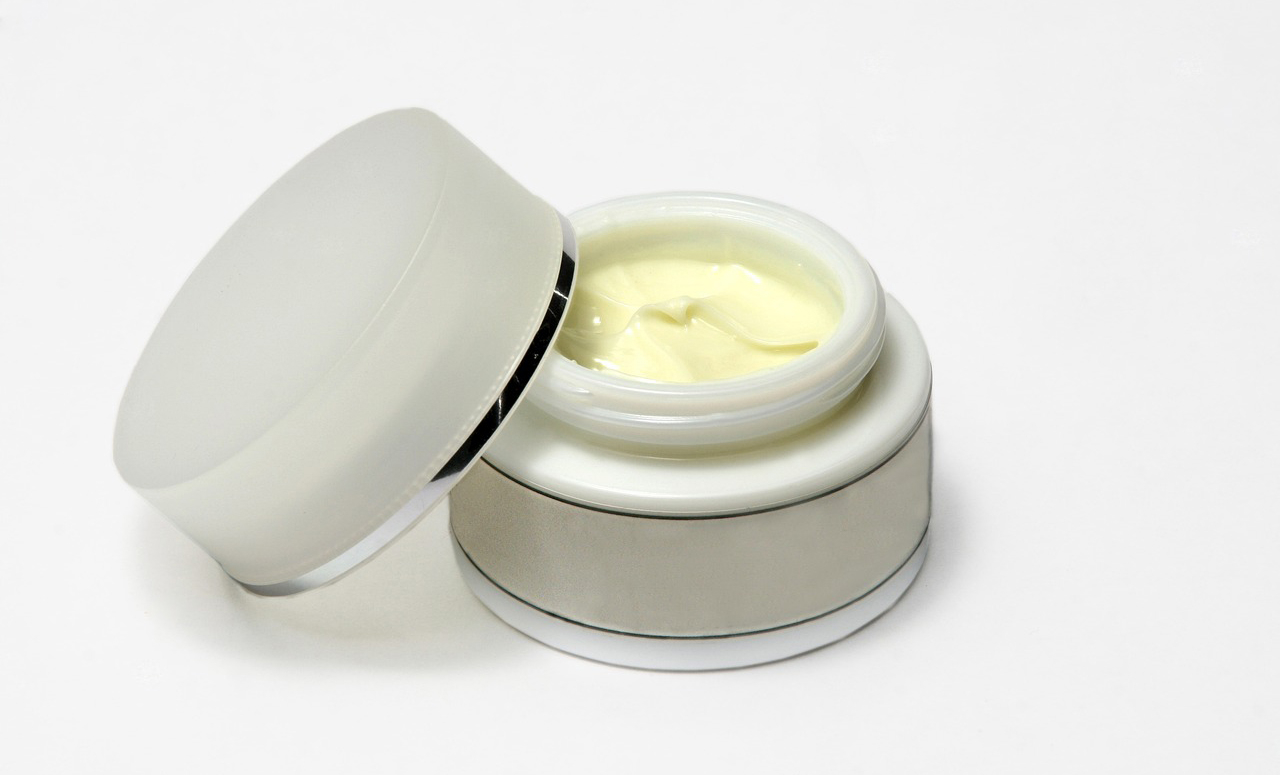Understanding skin types: Oily, combination or dry

Understanding one’s skin type is fundamental for achieving a radiant and healthy complexion. Each skin type – be it oily, combination, or dry – demands tailored attention. Recognising an individual’s skin type equips them with the knowledge to select the right skincare products and design a bespoke skincare routine. This article delves into the three primary skin types, detailing their unique characteristics, and providing comprehensive guidance on both their identification and optimal care methods. By honing an in-depth comprehension of one’s skin type and diligently applying the suggested skincare practices, individuals can notably enhance their skin’s overall health and aesthetic appeal.
Identifying the skin type
Oily skin
For those in pursuit of products like rose face cream or fragranced face serum, it’s imperative to note that oily skin has distinct needs. When an individual’s skin is classified as oily, it means there’s an overproduction of sebum, the skin’s natural oil. This can manifest in signs such as enlarged pores, a shiny or greasy finish, or even susceptibility to conditions like acne and blackheads. Persistent oily skin often originates from genetic predispositions, hormonal fluctuations, or various environmental factors. A useful method to discern oily skin is to observe the face several hours after cleansing. If there’s a pronounced shine, especially within the T-zone area which encompasses the forehead, nose, and chin, it’s indicative of oily skin. Persistent makeup deterioration throughout the day and frequent breakouts are other signs to be aware of. Essential skincare steps for oily skin include twice daily cleansing with a gentle product. Harsh cleansers are to be avoided as they might exacerbate oil production. Toners with ingredients such as salicylic acid or witch hazel can be beneficial, and regular exfoliation, coupled with hydration using an oil-free moisturiser, is crucial.
Combination skin
Combination skin, often considered the typical skin type, presents a mix of both oily and dry regions on the face. The T-zone is often oilier, while the cheeks and peripheral facial areas might be drier. This skin type can be notably challenging to manage due to its dual nature requiring both hydration and oil control. Observing different facial areas can offer insights into whether one has combination skin. Signs such as an oily T-zone contrasted with dry patches elsewhere are strong indicators. Breakouts and enlarged pores might also be more pronounced in the oily zones. An effective skincare regimen for combination skin entails the use of products addressing the diverse needs of both dry and oily patches. Gentle cleansers are crucial, along with toners that can control T-zone oiliness. It’s also beneficial to use lightweight moisturisers for the oily sections of the face and richer ones for the drier areas. Regular exfoliation and the occasional use of moisturising face masks can further assist in achieving skin equilibrium.
Dry skin
Dry skin typically arises from a lack of essential oil production and moisture. This results in a tight, flaky, or coarse skin texture, often accompanied by discomfort or itching. Such skin may also show signs of premature ageing with fine lines or wrinkles. Several factors, including genetics, environmental elements, age, and certain medical conditions, can be culprits of dry skin. A simple test to determine dry skin involves observing the skin’s texture throughout the day. If there’s consistent tightness, especially post-cleansing, or visible flaking and rough patches, it’s indicative of dry skin. Moreover, increased sensitivity or redness can be signs. Effective care for dry skin revolves around restoring moisture levels. A creamy cleanser that doesn’t strip the skin’s natural oils is ideal. Furthermore, it’s essential to avoid hot water, as it can intensify skin dryness. Following cleansing, a hydrating toner can prep the skin for moisturisation. Moisturisers with ingredients such as ceramides or hyaluronic acid are advantageous as they help retain moisture. Gentle, infrequent exfoliation is recommended, along with the use of hydrating sunscreens with a minimum SPF 30 to offer protection.
In summary, understanding one’s skin type is a cornerstone in crafting an effective skincare regimen. Every individual, regardless of whether they have oily, combination, or dry skin, can achieve a rejuvenated appearance through dedication and correct care. By making informed product choices and maintaining a consistent skincare routine, common skin challenges like excessive oiliness, severe dryness, or breakouts can be mitigated. It’s imperative to remember that skincare isn’t a one-size-fits-all discipline, and achieving the desired results might necessitate some experimentation. By embracing their unique skin type and investing in consistent, tailored care, individuals can accentuate their skin’s natural beauty, exuding a radiant and self-assured aura.
The editorial unit



























Facebook
Twitter
Instagram
YouTube
RSS